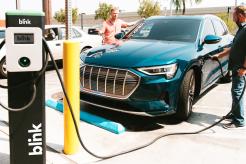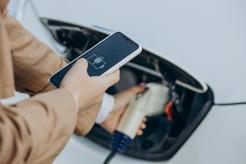Demand response EV programs allow electricity suppliers to balance energy supply with demands during peak hours. EV owners participating in such programs can save money by charging their vehicles during non-peak times.

Image via Freepik
Demand response programs incentivize electric companies’ customers to monitor their electricity usage, allowing them to use less electricity and reduce their electric bills. There’s less demand on the grid — good for suppliers — and more change in consumers’ pockets when the bills arrive.
For that reason, many electric companies reward consumers for consuming the bulk of their electricity only during non-peak hours. It’s good for consumers, energy suppliers, and the local community — especially hospitals and other institutions that need that energy to provide critical services to local residents.
As consumers become more aware of the benefits of participating in a demand response program, they’ll likely become EV charging customers. Learn how these programs work and how they can help shift consumers’ mindsets toward EV adoption.
How Do Demand Response Programs Work?
Electric utility companies utilize the latest technology to send automatic messages to customers, alerting them to load and price changes. On summer days, for instance, when air conditioners are running full blast across the city, their electricity supplier might send out a pre-programmed alert asking customers to consider grilling out, eating foods that don’t require cooking, or waiting until the afternoon heat dissipates to cook their evening meal.
As for EV charging, demand response programs can notify an electric company’s participating customers that they could save money by charging their vehicles overnight when grid usage drops and prices are lower. On the other hand, the utility can remind users that charging during the daytime will incur higher rates.
Many electricity suppliers give consumers incentives for participating in demand response programs, such as credits on their monthly bills or rebates. As more electric companies offer such perks, more customers will likely participate in the program.
How Does a Demand Response Program Benefit a Utility Company?
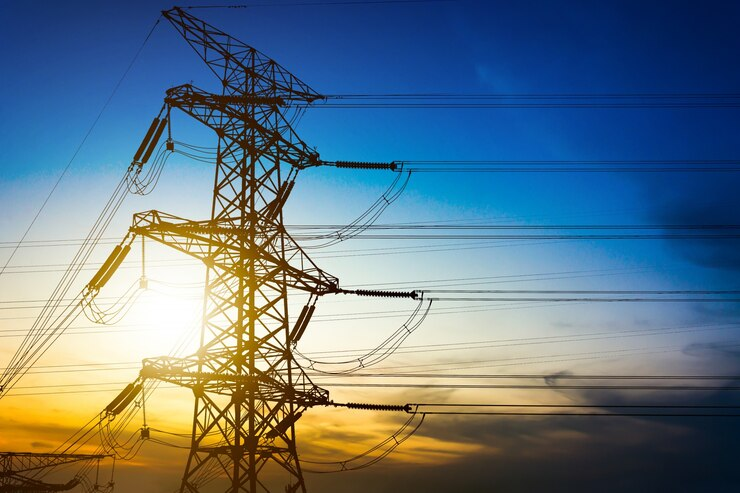
Image via Freepik
Poor communication about outages and billing issues continues to top the electricity consumers’ chief complaints list. Demand response programs can increase customer satisfaction on several fronts, including:
A more stable energy supply: With a better balance of usage to demand, there will be fewer outages and fewer angry customers. With demand response programs’ automated usage and price alerts, customers will receive instant communications about price hikes due to peak usage rates.
Lower production costs: With a demand response program in place, electric companies will have fewer times they need to fire up backup energy sources, such as fossil fuel-powered generators, to handle the increased need during peak consumption times. Since these backup power sources are expensive to operate, less usage will translate to lower costs for producers, who will likely pass on the savings to their customers.
More reliance on distributed energy resources (DERs): As environmentally conscious millennials and Gen Zers begin to dominate a utility’s customer base, they will likely demand that their power sources include renewables, such as wind, solar, and EV batteries. Demand response programs can help lessen a company’s need for fossil fuel, making their youthful customers more satisfied.
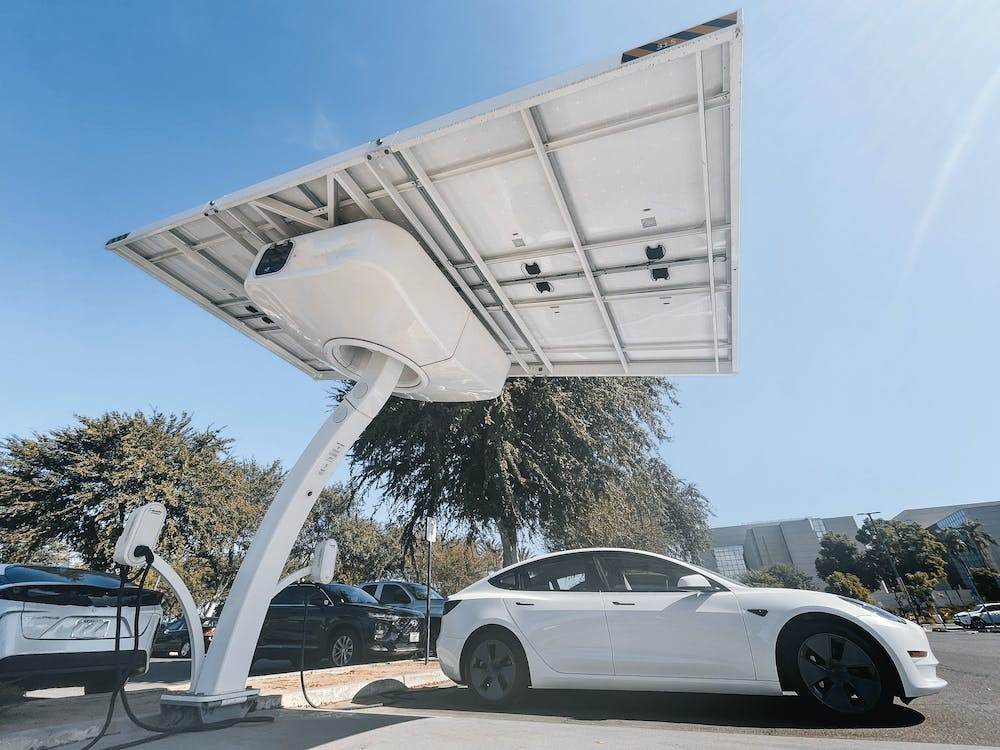
Image via Pexels
How Can EV Charging Stations Take Advantage of Demand Response Programs?
Charging stations can take advantage of demand response programs by giving their customers real-time price changes that allow them to charge their cars or fleet vehicles at a lower price during off-peak hours. Lower prices mean happier customers — a win-win scenario for customers and station owners.
With more money in their pockets, customers will be more likely to purchase food and beverages while they charge, increasing the station’s revenue even more.
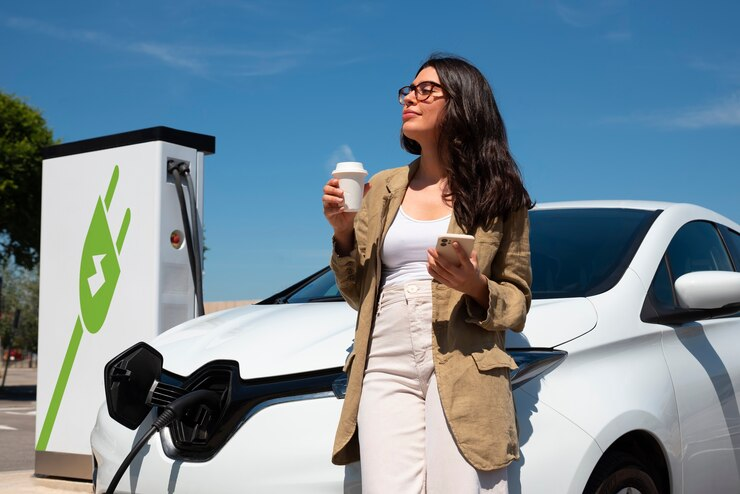
Image via Freepik
How Do Demand Response Programs Drive EV Adoption?
Demand response programs could prove a major factor in consumers’ vehicle preferences. As they see the money they could save — and even earn — by buying an EV and participating in a demand response program, they’ll be more likely to consider purchasing an EV the next time they’re in the market for a new vehicle.
Lower Fueling Costs
As with charging station owners, EV drivers can use lower charging rates when participating in a demand response program. Gas and diesel stations can’t offer real-time price changes since they’ve already purchased the fuel and must maintain a healthy profit margin or risk losing money.
When EV owners see the difference a demand response program makes in their budget, they’ll spread the word to their friends and family. Good news — especially about saving money — travels fast.
As EV skeptics realize that they’re missing out on a great deal, they’ll likely consider buying an EV next time they’re out car shopping. And with more long-range EVs entering the market every model year, range anxiety will no longer play a role in their decision.
Opportunities to Profit from Vehicle-to-Grid Initiatives
Demand response programs also offer another financial tidbit that will make gas-guzzling vehicle drivers drool — the opportunity to profit from using their EV to feed back energy into the electric grid. Demand response programs make vehicle-to-grid (V2G) incentives easier to use since they receive notifications when the grid experiences high demand.
The minute they see the notice that the grid needs a little extra boost, they can plug their car into a charging station, where the electricity provider can milk some of the EV’s battery power to replenish the grid. The power company then pays them at peak rates for the electricity they provide, allowing them to recharge their vehicles when rates are lower.
Since gasoline and diesel stations cannot buy back the fuel in a fossil fuel-powered car during shortages, demand response programs give EV owners a distinct advantage, incentivizing others to consider EV adoption.
Find Even Better Ways to Utilize Demand Response Programs to Build Your Business
At an EV Charging Summit event, you’ll discover new and better ways to utilize demand response programs and other incentives to build your EV charging business. With the opportunity to hear from and exchange ideas with the top minds in the EV industry, you’ll come away with a hefty dose of inspiration and the know-how to put it into action. Register for the EV Charging Summit & Expo today!


